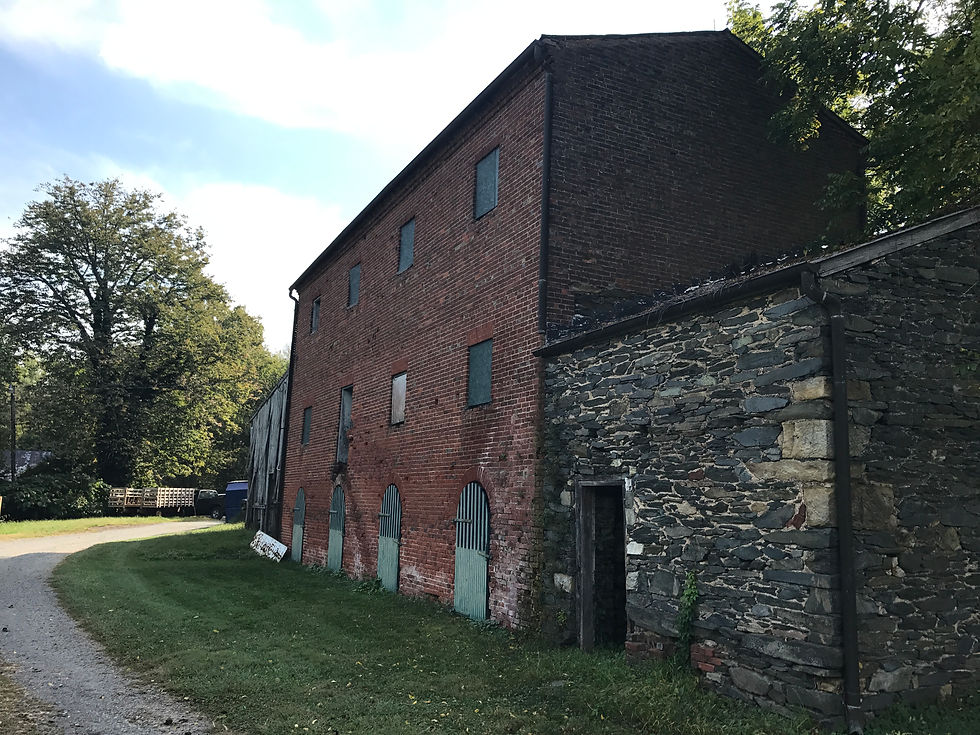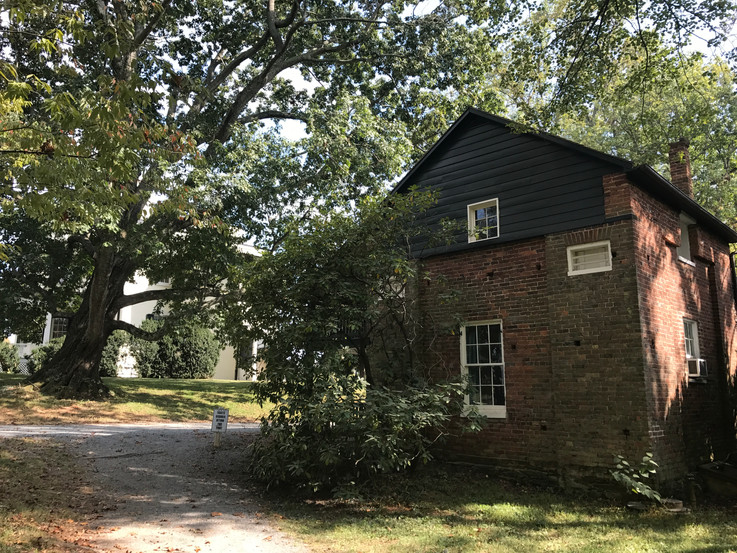Located outside of Leesburg, Virginia, along US 15 (National Scenic Byway), Oatlands Plantation stands stately, much like it did 200 years ago. The property holds a certain Southern charm and elegance, reminiscent of a prosperous--and rather exploitative--time in our nation's history. However, the toil and struggle enslaved men and women experienced on these grounds is not overshadowed by their owners' life of leisure. Even though few written and personal records exist on the subject, Oatlands does a phenomenal job of documenting slavery on the property, continually undertaking concerted efforts to exfoliate the lives of slaves through archaeological and historical research. This comprehensive historical narrative provides visitors with a complete and better understanding of the past, a high standard of quality at which Oatlands easily surpasses.

George Carter, a descendant of Robert "King" Carter, inherited 3,400 acres from his father in 1798 and named his landholding 'Oatlands.' His father, Robert Carter III, is known as the First Emancipator, although his actions are little known. Carter III owned tens of thousands of acres and over 500 slaves at one point; however, his view on slavery changed over the years. In 1791, seeing the institution as immoral and inherently wrong, he issued a 'Deed of Emancipation in Northumberland County,' also known as the "Deed of Gift," which established a plan to gradually free all of his slaves. This is the largest documented private emancipation in American history. Carter III's children didn't follow in their father's footsteps. George established a farm on the property that would later grow into a massive plantation, harvesting wheat, rye, and oats. But like any plantation, it was a self-sustaining community that raised livestock, milled its crops, and even had its own blacksmith shop.
By the dawn of the Civil War, the Carters owned 133 slaves, the most in the Northern Virginia area. The turbulence of the war disrupted plantation production and the slaves were re-purposed to serve the Confederate Army. It is documented that Carter slaves built earthworks around Leesburg and cooked food for Union prisoners after the Battle of Ball's Bluff. Confederate troops also frequented Oatlands throughout the war.

After the Civil War, emancipation came to Oatlands. The first documented former slave to leave the plantation was by a man named 'Wallace' on May 21, 1865. Some other freedmen followed suit, but only at a trickling pace; not as a collective release as some may think. In fact, some former slaves chose to stay on the property and work for wages. One man, named Bazil, worked as a gardener at Oatlands into the 1930s. The majority, however, did wind up leaving and established African American communities across the county, such as Gleedsville and Howardsville.
The Carter family, like many of the Antebellum elite in the South, saw financial crisis following the war. They soon found themselves in crippling debt and were forced to sell the estate in 1897. Oatlands was bought by William and Edith Eustis in 1903. The Eustis's were early preservationists who maintained and refurbished the architectural integrity of the mansion and gardens. In 1964, Edith passed and left the property to the National Historic Trust.
The first place I visited was the Carriage House, which is actually one of the newer buildings on the property (built in 1903). Today, this structure serves as a visitor's center and gift shop. A short walk from there is the mansion itself. The mansion was constructed in 1804 and later renovated in the 1820s to reflect the trending Greek Revival architecture of the time. I took a walking tour of the mansion, which is filled furniture and other belongings from the Carter and Eustis families. Unfortunately, photos were not allowed inside the building, so I'm unable to provide visualizations of the interior design and elegant decor of the place in this article.

After the tour, I made my way over to the gardens, which are some of the most beautiful in the state. George Carter built these gardens in the early 1800s, implementing a Tidewater/Colonial style in their design. This four-and-a-half acre plot is walled and terraced, filled with flowers, shrubs, fountains, and other architectural elements. Just outside the walls of the garden is the Oak Grove, a cluster of 200 year-old oak trees planted by Carter in the early 1800s. Adjacent to the Oak Grove is the Bank Barn. This barn was built on a steep embankment in 1821 and stands three stories from its base (although it appears to be one story tall from the view of the gardens).
Oatlands has a lot to offer in addition to its rich history. They host summer camp programs, educational opportunities, and even paranormal tours. Admission tickets for the mansion and gardens cost $15 and it's well worth it. There are plenty of things to see and do at this location, and the grounds are some of the most breath-taking in the area. If you want to learn more about Oatlands, visit their website: https://www.oatlands.org/
Thanks for reading!





















